December 11, 2023 · 10 min
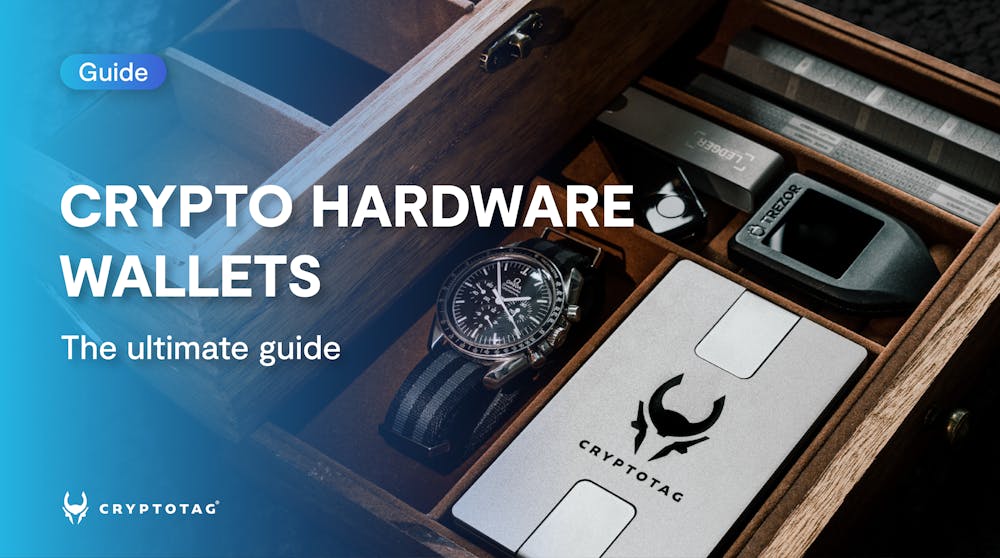
A hardware wallet is a secure device designed to store and protect your assets. It provides offline storage for your private keys, ensuring that they are never exposed to the internet and reducing the risk of unauthorized access or theft. With a hardware wallet, you can securely manage your digital assets by generating and storing unique addresses for each transaction.
Introduction to hardware wallets: Hardware wallets are physical devices designed to securely store and manage cryptocurrencies. Unlike software wallets, which are vulnerable to hacking and malware attacks, hardware wallets, also known as cold wallets, provide an extra layer of protection by keeping the private keys offline.
Importance of securing cryptocurrencies: With the increasing value of cryptocurrencies, it is crucial to prioritize their security. Hardware wallets offer a reliable solution for safeguarding digital assets against potential risks such as theft or loss due to human error or technical failures.
Explaining the purpose of a hardware wallet: The primary purpose of a hardware wallet is to ensure secure access and management of cryptocurrency assets. By storing private keys on an encrypted device separate from internet-connected devices, users can protect their funds from unauthorized access and mitigate the risk associated with online vulnerabilities.
Hardware wallets are physical devices that securely store private keys, which are essential for accessing and managing cryptocurrency assets. These devices use advanced encryption techniques to protect your private keys, which are kept in the secure element, from unauthorized access.
Private keys are unique strings of characters that provide access to your cryptocurrency assets. Hardware wallets generate and store these keys offline, ensuring they never come into contact with potentially compromised devices or internet connections. Seed phrases, also known as recovery phrases or mnemonic phrases, are a series of words that can be used to restore access to your wallet if the hardware device is lost or damaged.
Basically, a hardware wallet is just a device that helps you connect to a blockchain and lets you easily send and receive coins.
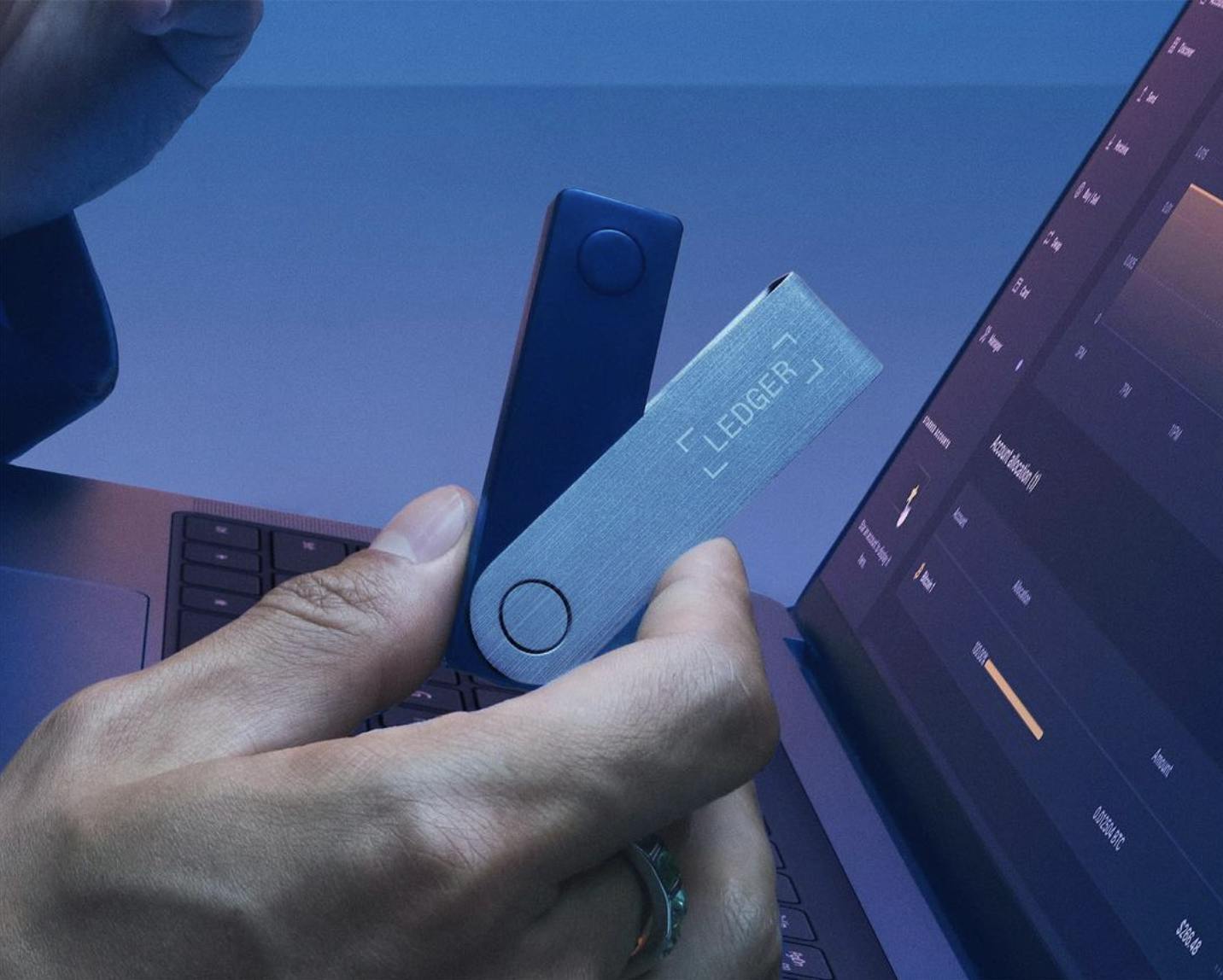
To use a hardware wallet, first connect it to a computer or mobile device using USB or Bluetooth. Then follow the instructions provided by the manufacturer's software interface. You'll typically need to set up a new wallet, create and secure your seed phrase, and choose a PIN code for added security.
Once set up, you can send and receive cryptocurrencies by confirming transactions directly on the hardware device's screen.
You can also add a passphrase to your wallet. It is an extra layer of security and can be used to create a fake wallet. Without the passphrase, inserting the seed will show a different wallet.
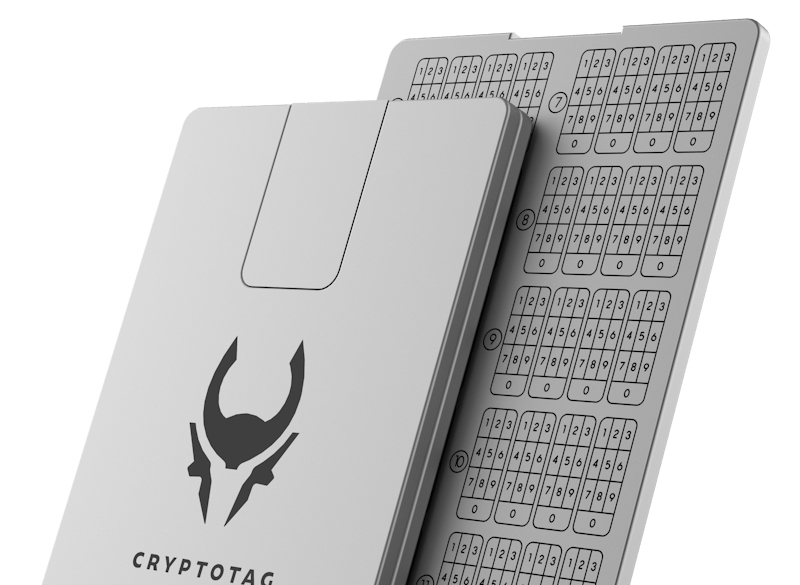
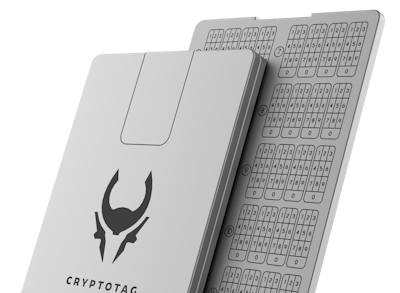
Enhanced Security: A hardware wallet provides an unparalleled level of security for your cryptocurrencies. With features like secure chip technology and encryption, it safeguards your private keys from potential online threats such as hacking or malware attacks.
Offline Storage: By storing your seed phrases offline in a hardware device, you eliminate the risk of them being accessed by unauthorized individuals through online channels. This offline storage ensures that even if your computer or smartphone is compromised, your funds remain safe and out of reach.
● Secure chip technology: Pick a hardware wallet that is equipped with advanced secure chip technology, providing an extra layer of protection for your cryptocurrency assets.
● Pin protection: Keep your funds safe with a personalized pin code that must be entered each time you access your wallet, ensuring only authorized users can make transactions.
● Two-factor authentication: Add an additional security measure by enabling two-factor authentication. This requires a secondary verification step, such as a fingerprint or SMS code, to further safeguard your assets.
The user-friendly experience of a hardware wallet is crucial. With its intuitive interface, navigating through the wallet becomes effortless, making it accessible to users of all levels of expertise. The "plug and play" functionality ensures hassle-free set-up, allowing users to start securing their digital assets in no time. Moreover, the compatibility with multiple cryptocurrencies allows seamless management and storage without limitations.
Choosing the right hardware wallet is crucial for experienced cryptocurrency holders seeking durable and secure seed phrase storage. Factors to consider include security features, compatibility with multiple cryptocurrencies, ease of use, and durability. Popular hardware wallets on the market include Ledger Nano X, Trezor Model T, BitBox, Ellipal, and KeepKey. These wallets offer robust security measures such as offline storage and PIN protection while ensuring a smooth user experience for managing various cryptocurrency assets.
When choosing a hardware wallet, it is essential to prioritize security features. Look for wallets that offer advanced encryption and secure chip technology to protect your cryptocurrencies from potential hacks or theft.
Another important factor is compatibility with multiple cryptocurrencies. Ensure that the hardware wallet supports a wide range of tokens, allowing you to store all your investments in one place. For some, this is very important, while others focus only on Bitcoin.
Lastly, consider the ease of use. Look for wallets with intuitive interfaces and straightforward setup processes, making them convenient for both experienced users and beginners alike. A user-friendly hardware wallet will provide seamless access to your funds while ensuring maximum security.
The Ledger Nano X & the Trezor Model T are among the most popular hardware wallets in the cryptocurrency market. Of course, you have many more options with different interesting features. Like a hardware wallet with a portable Bluetooth function, or hardware wallets in the shape of a phone. These devices offer secure storage for your seed phrases, ensuring that your funds remain safe from hackers and malware attacks. With their durable build quality and advanced security features, these hardware wallets provide peace of mind to experienced cryptocurrency holders seeking reliable protection for their digital assets.
Some users choose to use a software wallet. While those wallets are less secure, they may offer more flexibility. Read our blog about the differences between software and hardware crypto wallets.
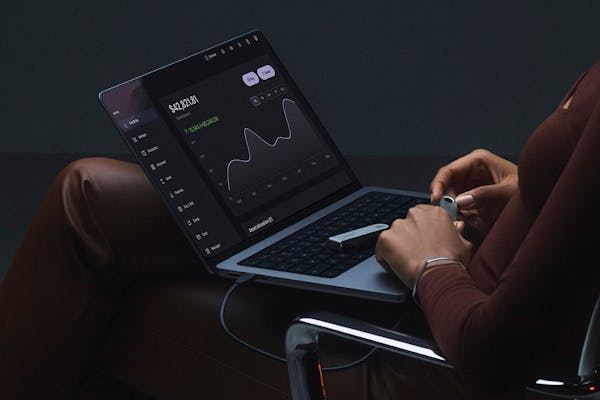
Setting up a hardware wallet is straightforward. First, connect the device to your computer and follow the manufacturer's instructions to initialize it. Generate and securely store your unique 24-word recovery seed as a backup in case of loss or damage.
To transfer funds to your hardware wallet, open the corresponding software application on your computer and select "Receive." Copy the provided address and paste it into the withdrawal or send field of your cryptocurrency exchange or wallet. Double-check all details before confirming the transaction.
When making transactions with a hardware wallet, connect it to your computer, open the software app, and select "Send." Enter the recipient information, amount, and any additional required details. Confirm everything on both screens—your device's display for enhanced security—and authorize the transaction with a physical button press on the wallet itself.
Choosing the right hardware wallet is crucial for securely storing your cryptocurrency assets. Look for a reputable brand that offers durable construction and strong encryption to ensure the safety of your funds. Once you have selected a hardware wallet, setting it up for the first time is straightforward. Follow the manufacturer's instructions carefully to initialize and connect your device properly. During this process, you will generate a seed phrase – a series of words that acts as a backup to restore access to your wallet in case of loss or damage. Safeguard this seed phrase by writing it down on paper and store it in multiple secure locations away from prying eyes or digital threats.
Creating an impenetrable fortress around your crypto holdings starts with choosing the right hardware wallet - one that combines durability, advanced encryption, and user-friendly features. With your chosen device at hand, follow the manufacturer’s step-by-step instructions meticulously when setting up for its maiden voyage into secure storage territory. In doing so, you will generate an all-important seed phrase - akin to virtual DNA - which can resurrect lost or damaged wallets. Give utmost importance to securing this lifeline by transcribing it onto paper and discreetly storing copies across different confidential hideaways beyond any digital vulnerability’s reach
Transferring funds to a hardware wallet is a crucial step in securing your cryptocurrencies. To successfully transfer funds, follow these simple steps:
● Identify compatible cryptocurrencies: Ensure that the hardware wallet you are using supports the specific cryptocurrencies you want to transfer.
● Initialize and connect your hardware wallet: Set up your device by following the manufacturer's instructions. Connect it securely to either a computer or mobile device.
● Use appropriate software or app: Install and open the recommended software or app provided by the hardware wallet manufacturer. This will allow you to manage and control your funds.
● Transfer funds: Follow the on-screen prompts within the software/app to complete transferring your desired amount of cryptocurrency to your hardware wallet.
Remember, using a reliable hardware wallet provides an extra layer of security for your digital assets.
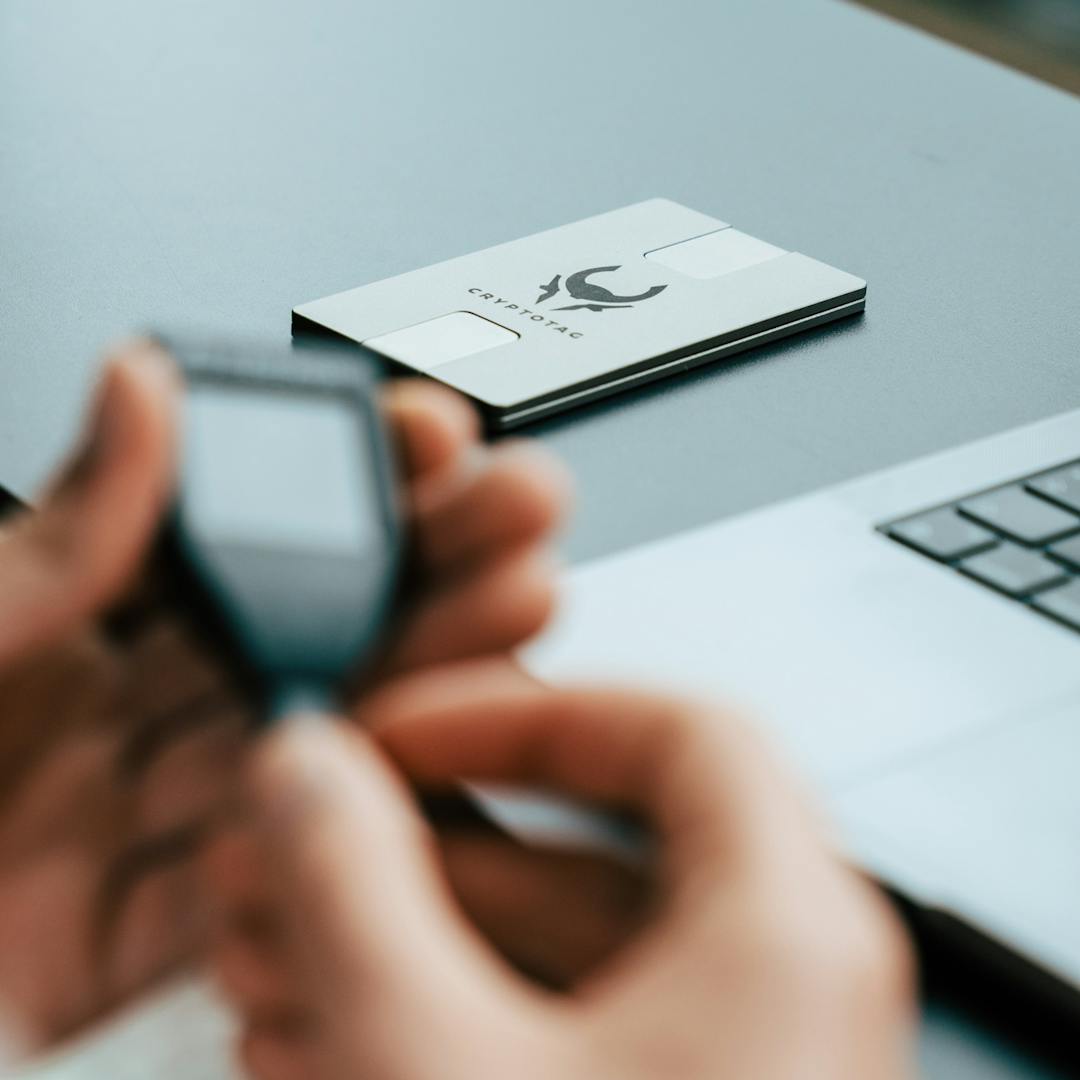
Preparing your hardware wallet for transactions involves ensuring that it is properly set up and securely connected to your device. By following the manufacturer's instructions, you can generate a unique private key and seed phrase, which are crucial for authorizing transactions. Once your hardware wallet is ready, confirming transaction details on its screen provides an extra layer of security by allowing you to review all the relevant information before proceeding. To finalize the transaction securely, simply authorize and sign it using your private key stored within the hardware wallet. With these steps in place, you can confidently make transactions knowing that your funds are protected.
Protecting your hardware wallet is crucial to safeguarding your valuable cryptocurrency assets. In addition to backing up and securely storing your seed phrase, you should also take steps to protect against physical theft. By implementing robust security measures and being vigilant, you can ensure the long-term safety of your hardware wallet and the funds it holds.
Safeguarding your cryptocurrency assets begins with understanding the importance of seed phrases, also known as recovery seeds or mnemonics. These unique combinations of words serve as a backup for accessing your funds, providing an extra layer of security against potential risks.
The majority of the wallets have adopted the BIP-39 protocol, which makes it easier to store backups. All of the seed words in a BIP-39 recovery phrase come from this wordlist. It is an industry-standard and open-source wordlist that can be found anywhere on the internet. Because these recovery seeds are from the same protocol, a Ledger seed phrase can be inserted into a Trust Wallet application and a Coinbase Wallet recovery seed can be inserted into a Trezor wallet.
Generating a strong mnemonic phrase is crucial to ensure the safety of your digital assets. It is recommended to use reputable wallets or hardware devices that employ robust algorithms for generating random phrases. Additionally, storing this phrase securely in multiple offline locations further minimizes the risk of loss or theft.
Overall, prioritizing the importance of seed phrases, employing reliable methods for mnemonic phrase generation, and safeguarding their storage are integral steps in ensuring secure backup and recovery options for your cryptocurrency holdings.
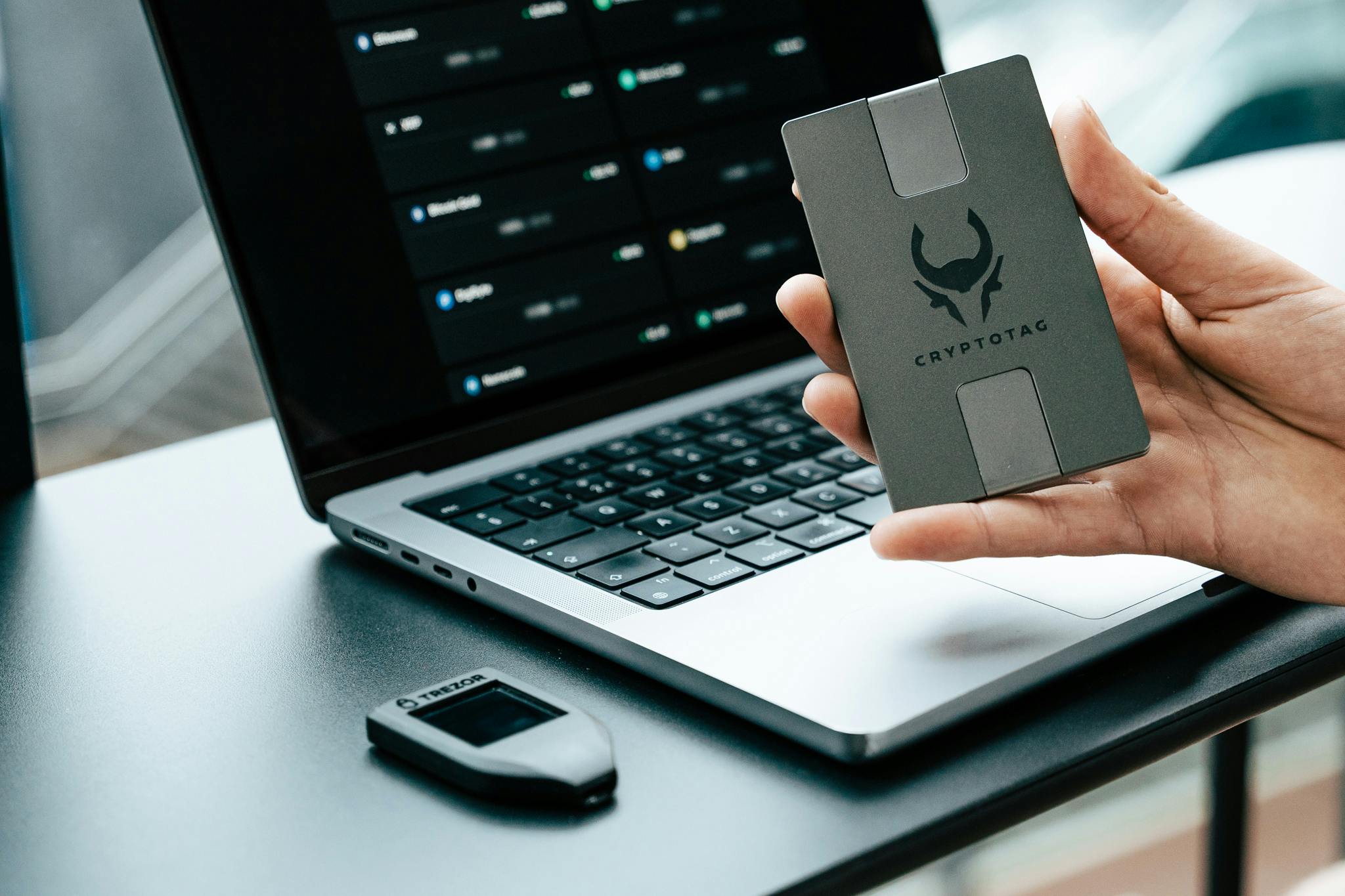
PIN Code Protection is a crucial feature of hardware wallets. By setting up a personal identification number (PIN), you add an extra layer of security to your device. This ensures that even if your wallet falls into the wrong hands, it remains inaccessible without the correct PIN.
Tamper-Proof Design is another essential aspect of protecting against physical theft. Hardware wallets are built with robust materials and designed in such a way that any attempt to tamper with or open the device will be detected. This prevents unauthorized access and safeguards your valuable cryptocurrencies.
Using Passphrases for Enhanced Security adds an additional level of protection to your hardware wallet. By creating complex phrases consisting of multiple words, numbers, and symbols, you create unique keys that cannot be easily guessed or cracked by potential attackers. With this added security measure, you can have peace of mind knowing that even if someone gains access to your hardware wallet physically, they would still need the correct passphrase to gain control over your funds.
Choosing the right hardware wallet for your needs is crucial in ensuring the security of your cryptocurrency holdings. Look for a wallet that offers robust encryption, supports multiple cryptocurrencies, and has easy-to-use software. Additionally, consider factors such as durability, backup options, and customer support to make an informed decision.
Setting up your hardware wallet correctly is essential to maximize its security features.
Follow the manufacturer's instructions carefully and enable all available security measures such as PIN codes and passphrase encryption. Regularly update firmware and ensure you only download software or apps from trusted sources to minimize the risk of malware or phishing attacks.
Implementing best practices for secure seed phrase storage is vital to protect your digital assets. Consider options like using titanium plates from Cryptotag or offline storage solutions specifically designed for storing seed phrases securely. Remember to keep multiple copies in different locations while maintaining strict confidentiality.
In conclusion, choosing the right hardware wallet tailored to your needs provides peace of mind when it comes to safeguarding your cryptocurrency investments. By setting up the device correctly with strong security measures and employing best practices for seed phrase storage, you can confidently navigate the environment of cryptocurrencies knowing that you have taken proactive steps towards protecting what matters most – your digital wealth.
Consider your portfolio to be 10 times more worth as to what it is today. Protect your portfolio as if it is 10 times more worth than it is today. Because that day will come and future you will thank you.
The best hodl stories, OPSEC tips, and weekly updates of the market.
 Weekly hodl insights
Weekly hodl insights Bonus content access
Bonus content access Exclusive offers
Exclusive offers